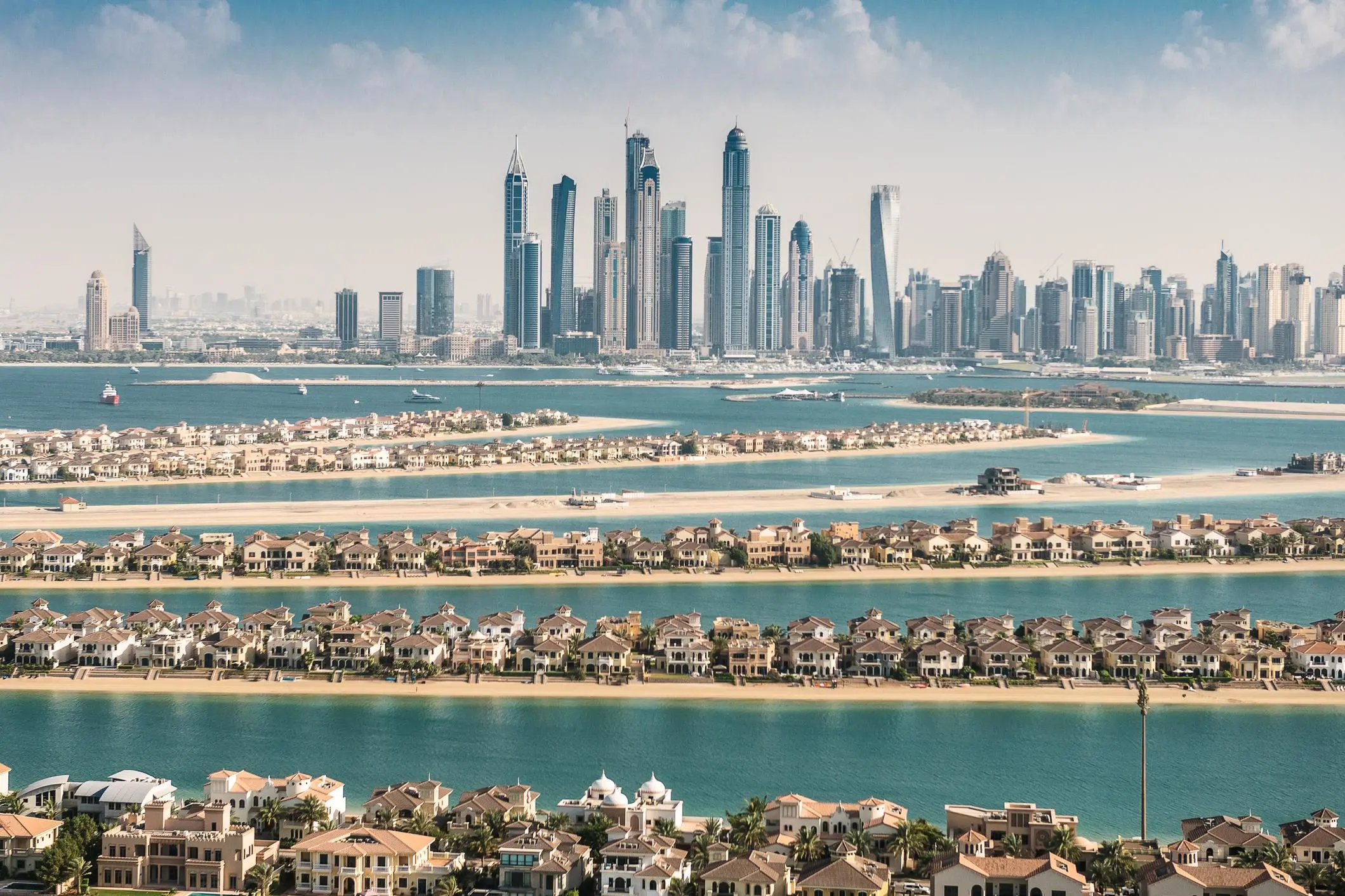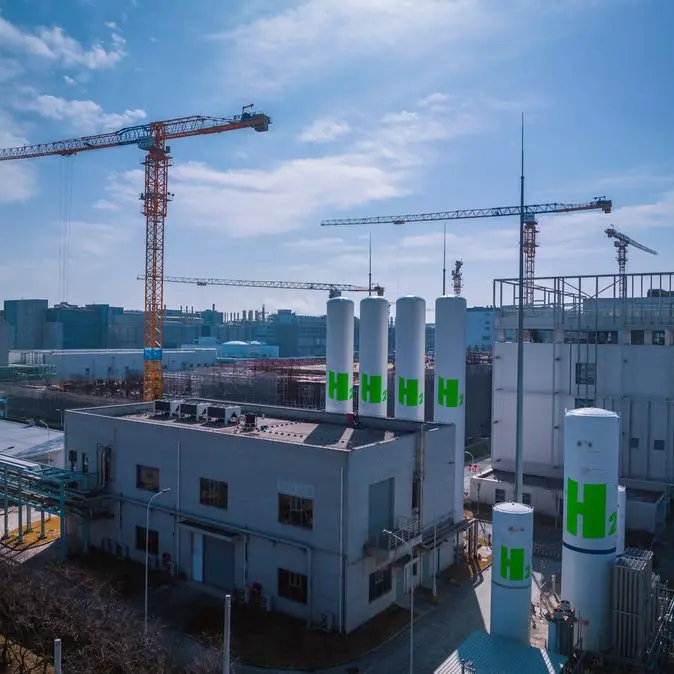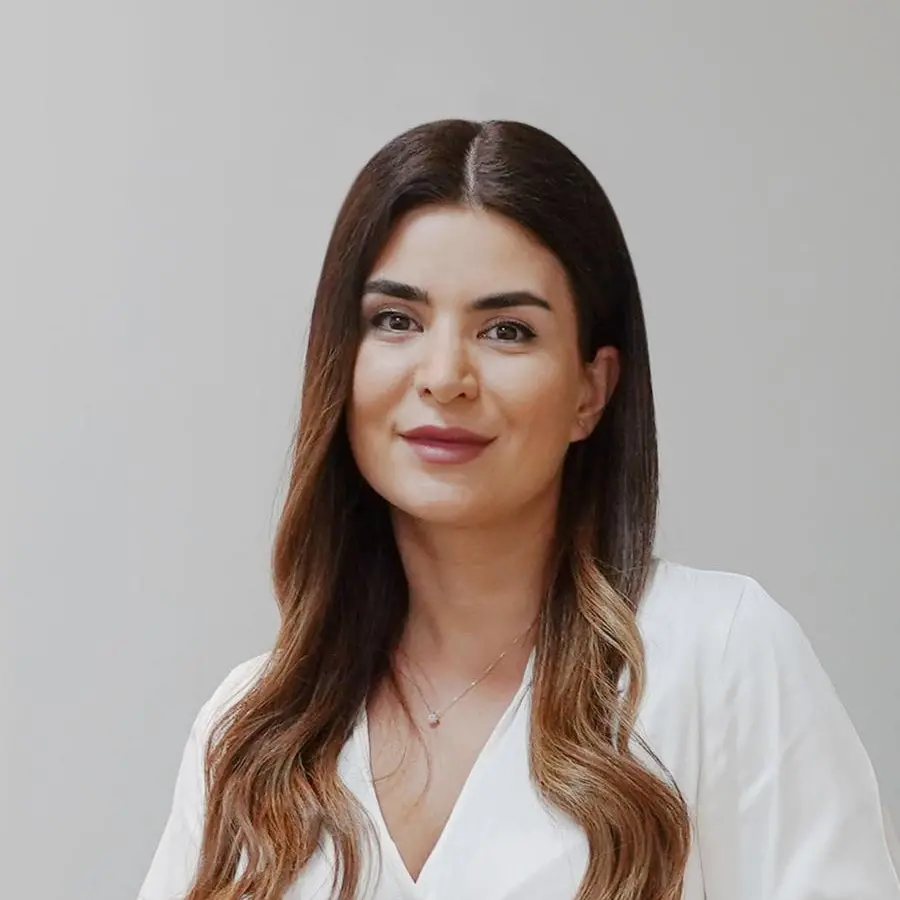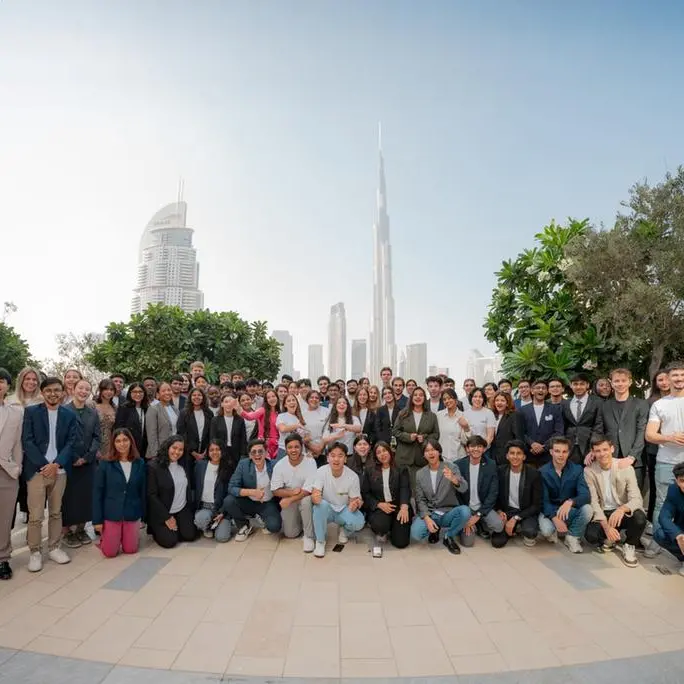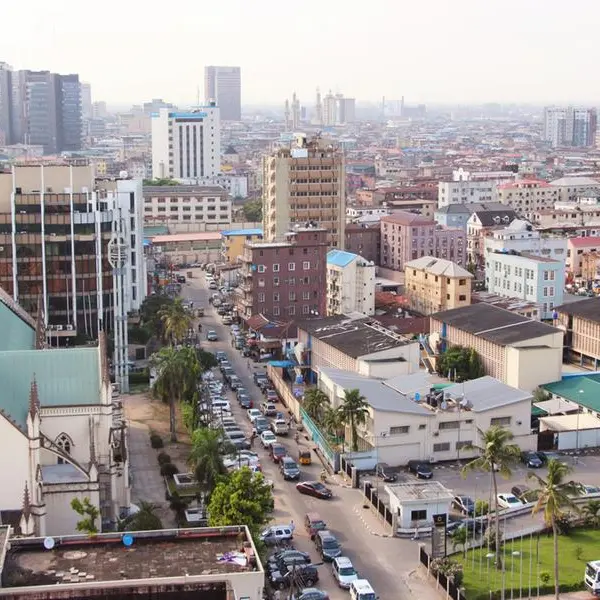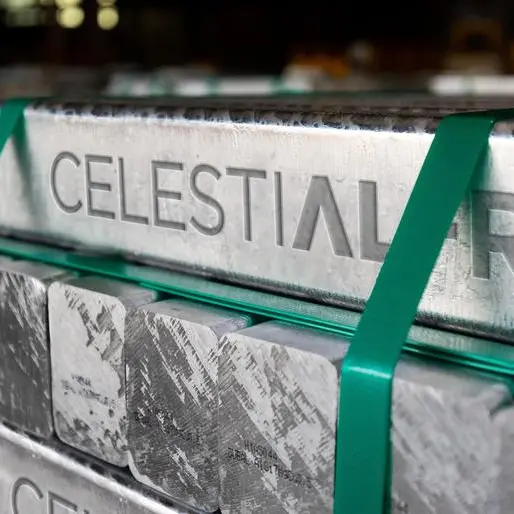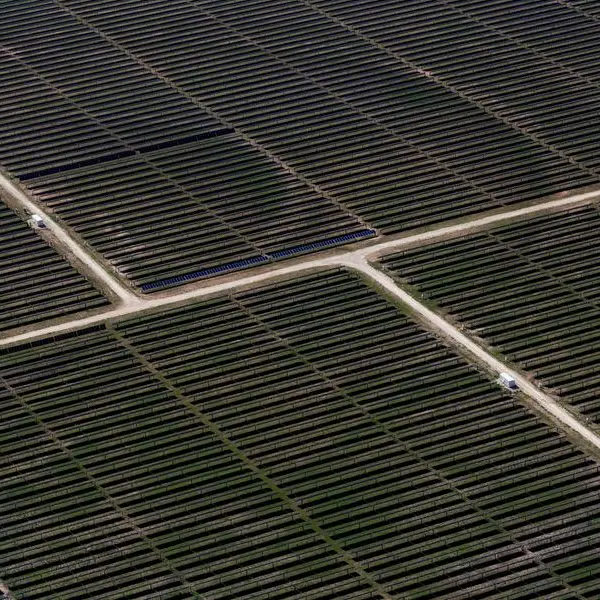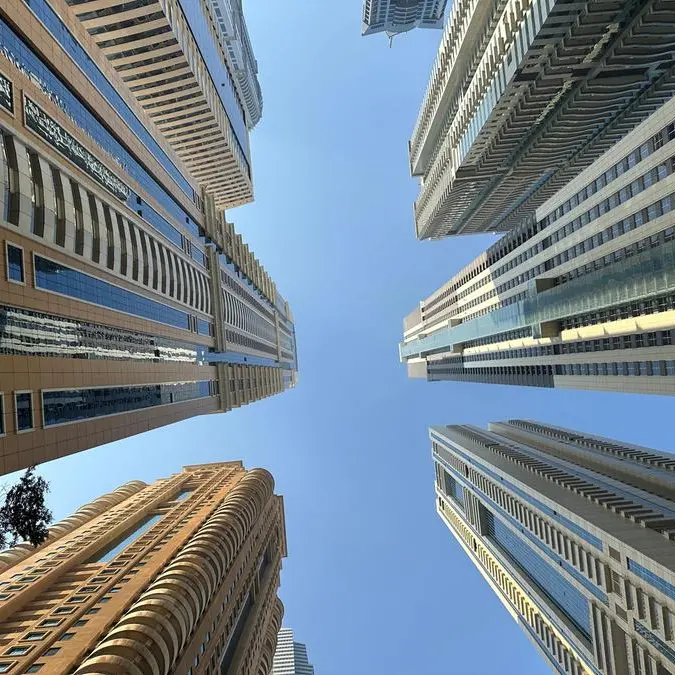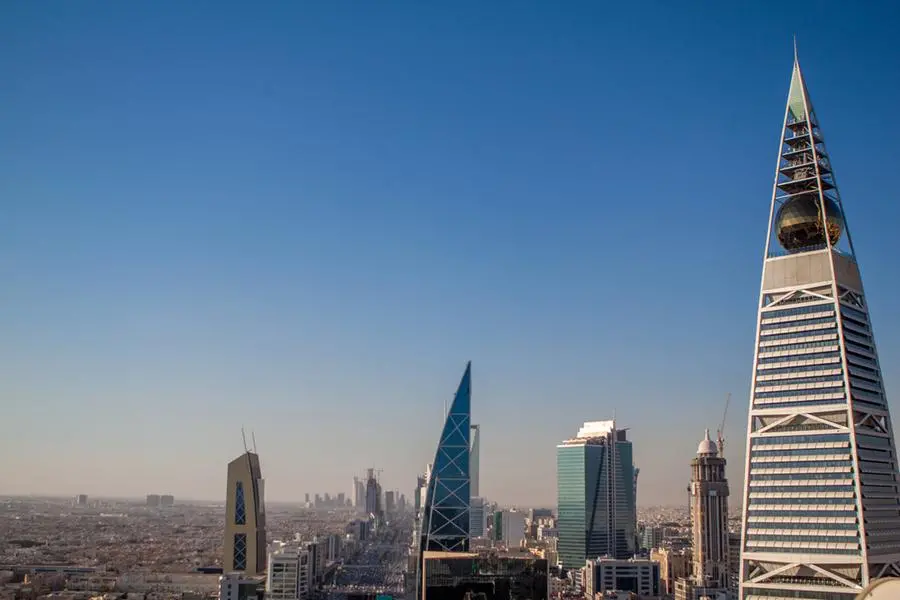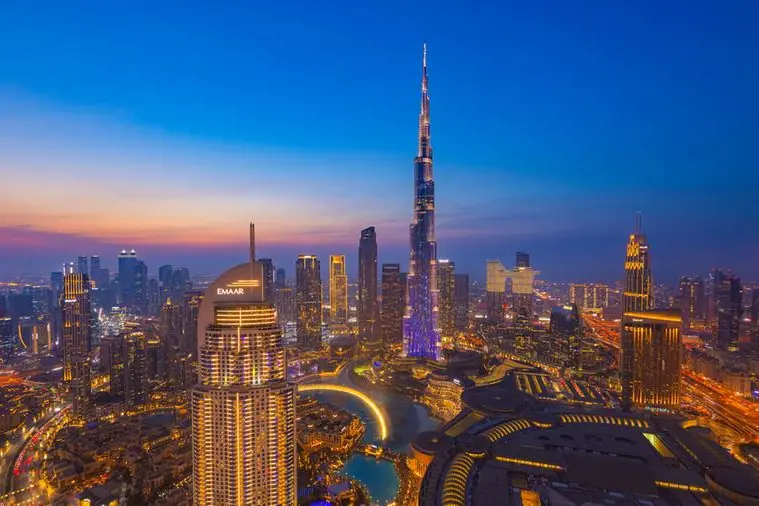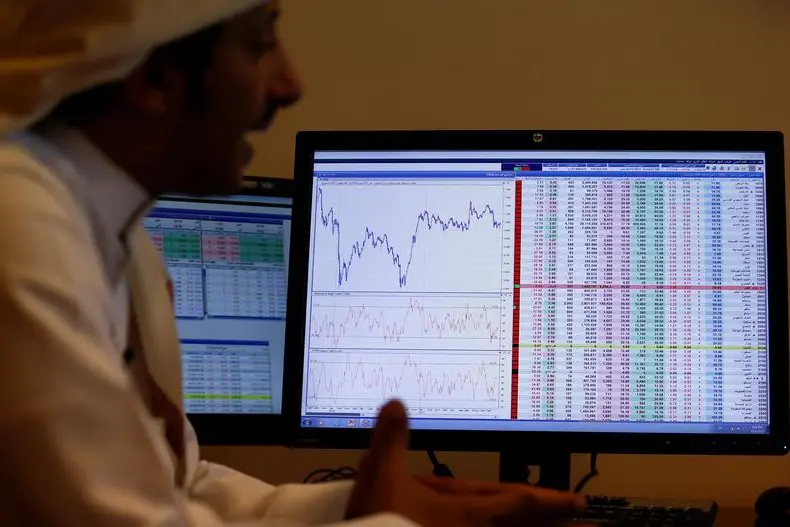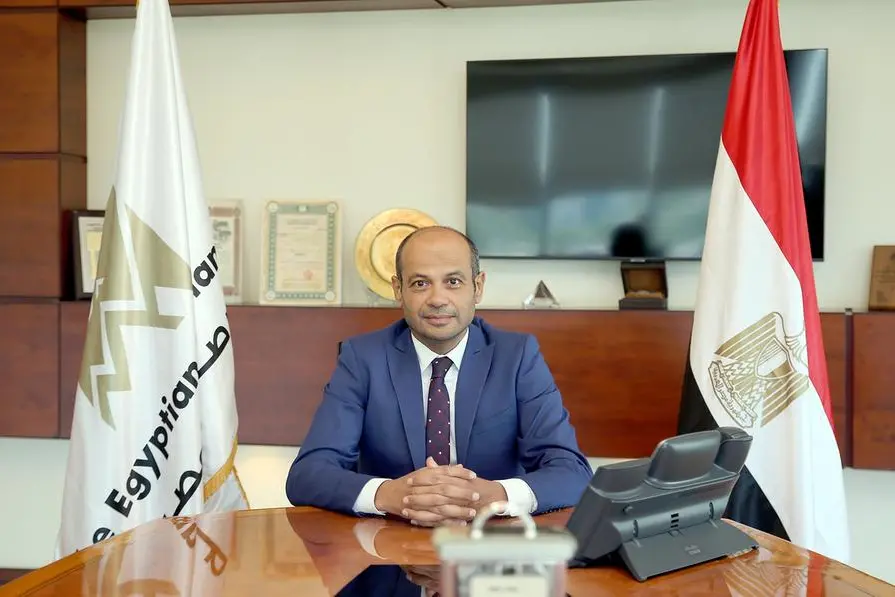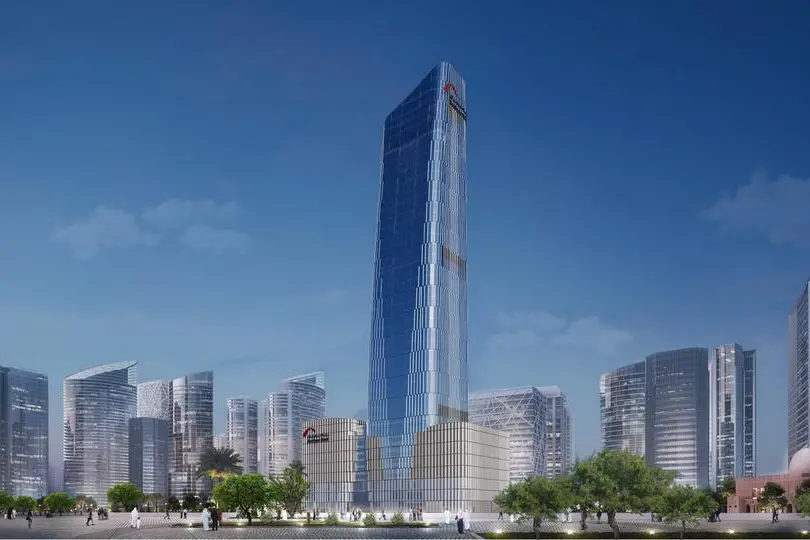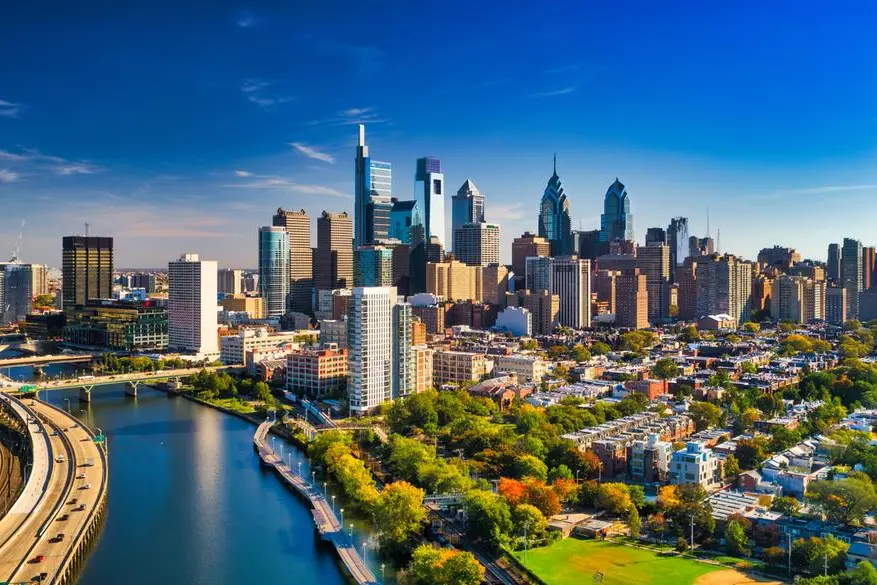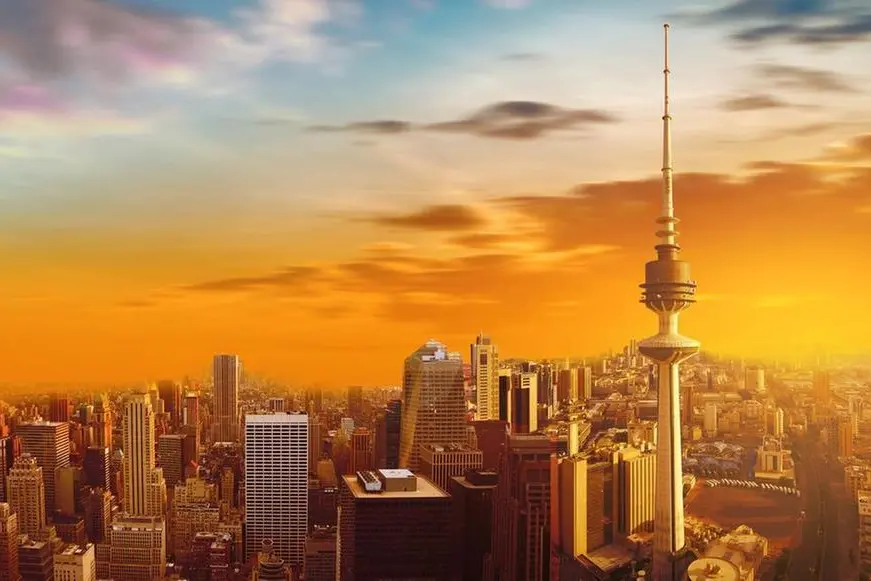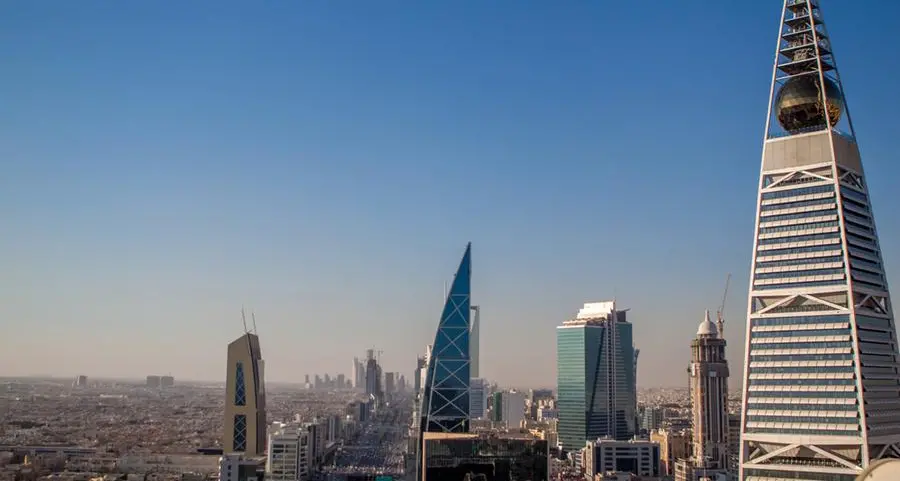PHOTO
The palm Jumeirah in Dubai with skyline. Image used for illustrative purpose.
With property transactions up 34.5 percent year-on-year, the first quarter of 2021 saw Dubai shrug off the cloud of the previous year’s coronavirus impact when property prices slumped to their lowest and get back to buying and selling homes.
Charting the highest number of total residential transactions since 2015, property experts cited the UAE's handling of the pandemic crisis, support measures to improve the ease of doing business, and long-term residency law changes all contributing to the rebound.
Faisal Durrani, Head of Middle East Research, Knight Frank, said the property market in Dubai recorded over 15,000 residential transactions from January to April, 2021, marking a 34.5 percent rise over the same period last year.
The UAE's vaccination programme has also helped boost business sentiment, and this positivity has filtered through into the property market, he said.
Citing the ValuStrat Price Index (VPI), Haider Tuaima, Head of Real Estate Research, ValuStrat, stated that pre-pandemic price-performance was averaging -0.9 monthly, but declined to -1.9 percent monthly during the first year of the pandemic.
"As movement restrictions eased in mid-2020, capital values in Dubai began to witness positive growth trends, with April 2021 having a seven-year record monthly growth rate of 1.2 percent. Villas, particularly high-end ones, saw the best capital value performance of up to 3 percent, month-on-month," he added.
Taimur Khan, Head of Research, CBRE Middle East, also noted strong demand levels in Dubai's residential sector in the first four months of 2021, despite some underlying economic uncertainty.
He said total transaction volumes were up 34 percent year-on-year to date April 2021, the highest for this period since 2017, highlighting the current strength of the market. There has been a shift away from off-plan sales to secondary market sales.
"In the first four months of 2020, ‘ready’ sales accounted for 41 percent of total sales. In 2021, this has increased significantly to 62.1 percent. These trends point to a shift in the market, where we are transitioning to a more end-user market in the long run. This will provide greater market stability and, in turn, increase buyer confidence," Khan added.
Prime properties
Durrani pointed out that the prime submarkets (Downtown, MBR City, Emirates Hills, Palm Jumeirah) have remained buoyant. "Transaction volumes for homes priced at over 3.6 million UAE dirhams ($1 million) between first quarter 2020 and first quarter 2021 are up 41.1 percent year-on-year.
At 295 deals, first quarter 2021 has been the busiest for this [prime] segment of the market since the second quarter of 2015, when 290 prime homes were sold."
He said this boost market activity is best reflected in the Palm Jumeirah where residential deals have more than doubled during the first four months of 2021, compared to the same period in 2020, with 700 sales being recorded.
"The average transacted prices for apartments on the Palm Jumeirah have also increased between April 2020 and April 2021, rising by 2.4 percent to 3.8 million dirhams, while average villa deal sizes have held steady at 14.1 million dirhams ($3.8 million)."
Zhann Jochinke, COO, Property Monitor Properties, stated that units priced over 10 million dirhams had witnessed record highs, well over pre-pandemic levels.
"In April, this segment reached a total market share of 2.6 percent (second straight record month after reaching 2.5 percent in March). There were a total of 90 transactions in this segment representing month-on-month growth of 6.7 percent."
"Sales on the iconic Palm Jumeirah dominated sales activity in this segment, accounting for over 43 percent (39) of all sales alone, 32 of which were for villas. There is certainly a resurgence in demand for properties in this community, compared to 54 villa transactions above 10 million dirhams in all of 2020, we are already at 81 transactions above this price level in the first four months of 2021," he said.
Jason Hayes, CEO of Luxuryproperty.com, said that their company had sold two villas on Palm Jumeirah, valued above 100 million dirhams each, in the first quarter of 2021 and received an extensive volume of enquiries for the super-prime segment.
"In super-prime neighborhoods such as Emirates Hills and Palm Jumeirah, we have seen a double-digit increase in the sale price of villas on a per- square foot basis. In prime communities such as Arabian Ranches and affordable luxury areas like Town Square, there has been a healthy three percent plus uplift."
Highest sales transactions
Haider Tuaima added the first quarter saw the highest recorded number of home sales transactions since 2010. "First quarter witnessed the sales of more than 6,000 ready homes worth 13.5 billion dirhams and 3,600 off-plan properties worth 5 billion dirhams.
"Sales of existing ready-to-move-in homes in April 2021 alone exceeded the whole second quarter of 2020, a time when lockdown measures were put in place due to the Covid-19 pandemic. 42.8 percent of homes transactions were off-plan," he added.
Lynnette Abad Sacchetto, Director of Research and Data, Property Finder, said 4,312 villa/townhouses were transacted in 2021 over the same period. "We saw an increase in sales in popular, prime areas such as Dubai Marina, Emirates Living and the Palm, due to prices bottoming out and becoming extremely attractive to a buyer."
Jochinke said the market had seen strong performance in the three top-end tiers: 3 million-5 million, 5 million -10 million and 10 million plus dirhams.
The most notable growth tier throughout the pandemic was in the 500,000-750,000 dirhams segment, while the 1-1.5 million-tier saw the most significant contraction.
He added that Dubai hit bottom of the market in November 2020, and since then it has experienced a robust price recovery with inventory in mature communities becoming scarce.
He added that with prices rising at a rapid pace, prospective buyers who are familiar with the market have begun to pull back.
More ‘buy-to-live’ sales
Since 2020, the market has seen increased end-user activity happening with residents buying property to live in, rather than solely as part of any investment portfolio. Citing its sister company, Mortgage Finder data, Abad- Sacchetto said more than 85 percent of their clients were residents.
Swapnil Pillai, Associate Director Research at Savills Middle East, also noted a healthy y-o-y rise in transaction numbers with an increase in first-time home buyers.
"A relaxation in LTV (Loan to Value) laws have encouraged more investment appetite in the sector. Banks have also increased their exposure to real estate and the construction sector, and a spike in remortgage activity was witnessed due to attractive borrowing rates and other promotional discounts," he said.
He added that the opening up of global travel and upcoming events such as Expo would be catalysts for an already buoyant residential market in 2021.
"A strong rise in demand, especially for ready to move in properties, has increased asking prices across a select few communities. Most of the price increase has been observed across established communities that are strategically located close to prominent road networks and other social infrastructure offerings. However, asset prices continue to remain on average 30 percent lower than the peak observed in 2014," he added.
Supply-demand-price insights
Buyer demands have shifted to the completed and resale market with immediate occupancy as a primary goal. Jochinke said: "This segment of the market was not as heavily oversupplied as the off-plan market in the slowdown years and presently is experiencing a shortage of supply in many sought-after communities. It is pushing prices up, in some cases potentially too aggressively, which will result in transactional activity slowing down.
"On the off-plan supply front, the backlog of properties under construction will move forward to completion. Resales of these properties, once ready for occupancy, may fill the void of supply previously mentioned."
He also added that there had been a significant pull back on new launches, mainly from the quasi-government developers. This was due to the supervision of the Higher Committee of Real Estate formed in late 2019 to reduce the oversupply of properties available for sale.
Hayes described the supply-demand matrix in Dubai’s residential sector as split in two, with the villa and townhouse projects achieving 100 percent absorption at launch, as evidenced by recent launches in Tilal Al Ghaf and Arabian Ranches 3.
"There have been over 10,000 new units delivered in the first quarter, with an additional 26,000 units expected to be released over the year (subject to changing market conditions). However, the number of villas coming on to the market is not enough to absorb pent up demand for such homes," he added.
Khan stated that close to 13,000 units have been delivered to date in 2021, with a further 52,105 units scheduled to be delivered in the remainder of the year.
"The secondary markets are expected to see the greatest increase in supply, hence, in these locations, prices are expected to remain under pressure. With this pressure on prices in these areas, we expect that developers will more actively start to phase projects."
For supply to be completed by 2022, Abad Sacchetto predicts a little over 89,000 units. "This is the highest amount we have seen projected in any given year. However, as we have consistently seen throughout the years, projects will most likely be delayed, cancelled, changed, which will change the number of units completed in 2022," she concluded.
(Reporting by Hina Navin; Editing by Charles Lavery and Anoop Menon)
Disclaimer: This article is provided for informational purposes only. The content does not provide tax, legal or investment advice or opinion regarding the suitability, value or profitability of any particular security, portfolio or investment strategy. Read our full disclaimer policy here.
© ZAWYA 2021
